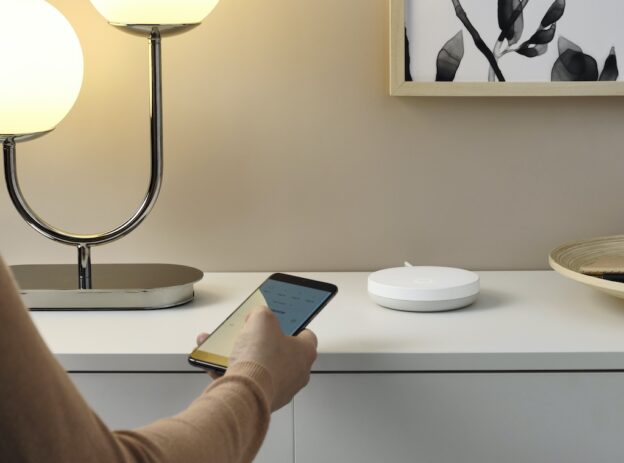There are numerous independent standards spread throughout the smart home sector. The systems can generally be divided into two categories: personal home cloud storage and local storage.
If this is your first time using a smart home system, picking the right storage can be difficult. It is necessary to understand the use cases and compare these alternatives based on their pros and cons. In this article, we’ll look at each, assisting in selecting the one for you.
What Is the Difference Between Cloud Storage And Local Storage?
Local and cloud-based smart home systems are two possible segments of the smart home market. The primary automation software engine of cloud-based systems, such as Amazon Alexa, Google Home, Homey, or Apple HomeKit, is only accessible online.
Whether they use smart bridges or not, devices connect directly to the internet or to a central hub that bridges directly to the cloud. The speakers known as Apple HomePod or Alexa, for example, serve as the heart of the smart home. All automation and control software in a home is contained in local smart home systems. Although they are not internet-required, they may benefit from additional online services.
Instead of Wi-Fi or the cloud, on-premises systems are connected using physical cables or wireless methods such as Z-Wave or ZigBee. The main question is what cloud storage vs local storage pros and cons are.
Cloud Storage
Cloud storage guarantees the smart home system high security and confidentiality. It gives households peace of mind knowing that their info is treated with the utmost care.
If the following features are right what you’re looking for, then cloud storage might be your option.
Safe Storage
Home cloud storage offers a safe and well-protected solution for storing records.
Physical devices such as DVRs can be stolen, damaged, or malfunctioned. In contrast, cloud storage provides offsite backup and protects your valuable recordings.
Improved Information Protection
Your home security footage’s security is paramount. To safeguard your recordings from unwanted access, reputable cloud storage providers use cutting-edge encryption methods.
They also apply strict safety measures to protect their data centers from real and fictitious threats, providing the highest level of protection.
Smart Video Analytics
Video analytics tech stands for advanced functions that can significantly boost the operation of smart home systems. Cloud storage seamlessly integrates with these features.
By utilizing cloud computing power, surveillance records can be analyzed in real-time for various purposes such as object detection, motion detection, and face recognition.
Scalability
The capacity of a conventional storage solution may be limited and may require frequent hardware upgrades, unlike the cloud solution, which makes expanding storage space simple.
The personal home cloud storage can easily accommodate your expanding requirements, regardless of how big or small your surveillance system is.
Easy-to-Access
To retrieve recordings from traditional DVR and NVR systems, you need to be physically present at the location unless you select the cloud storage option. It allows accessing any piece of info you require from any device: PC, mobile phone, or tablet, anytime.
If you choose the cloud, you can quickly and easily access your home security footage.
Recovery from Disasters
Your footage is automatically replicated across several servers and geographically dispersed locations when you use cloud storage.
Local Storage
Consider smart home cameras as an example. Because of local storage, the memory card is required to access the video recordings. Your recordings are completely safe within the confines of your home as long as you do not give the card to anyone else.
Full Control
Users can access and manage their data whenever and whatever they like. After all, it is available on the server. Still, hardware maintenance is essential. Otherwise, it won’t work properly.
High Speed
Cloud services are constrained by the speed of your internet connection. Local storage can be faster than cloud storage if properly designed and set up.
Surveillance
Users should not be connected to the internet round-the-clock. If they choose local storage, they store their data physically. You only need a device with the data stored. That is how households can access their data with convenience.
Verdict: Which Option Is Better?
In the end, it all comes down to personal preference. If you want to keep costs as low as possible, we recommend choosing local storage. However, if you have a little extra money, it’s worth trying out the convenience and safety of the cloud option.

